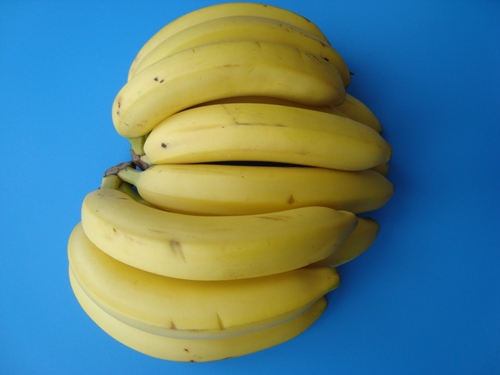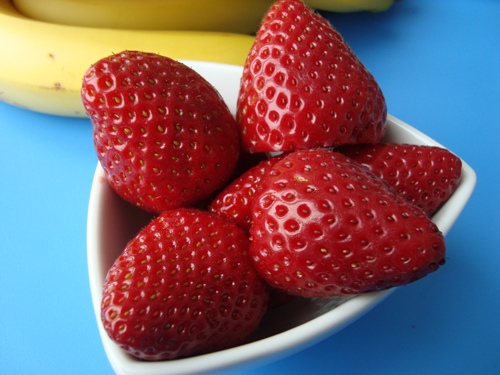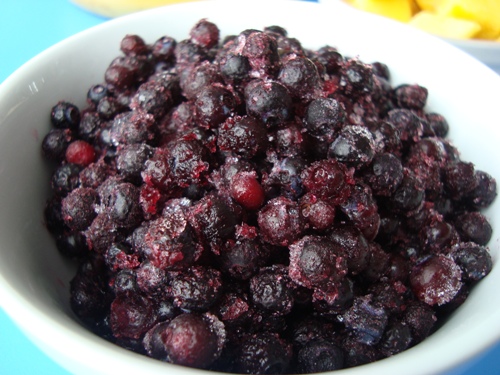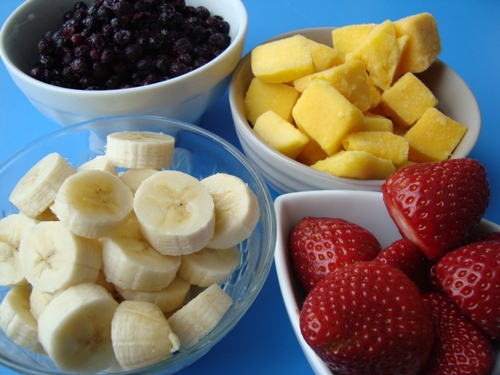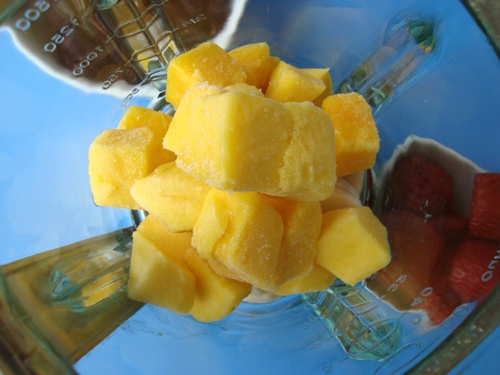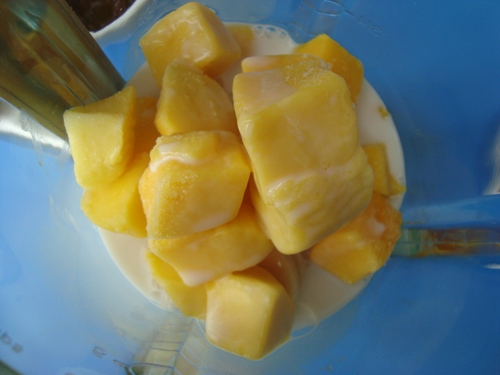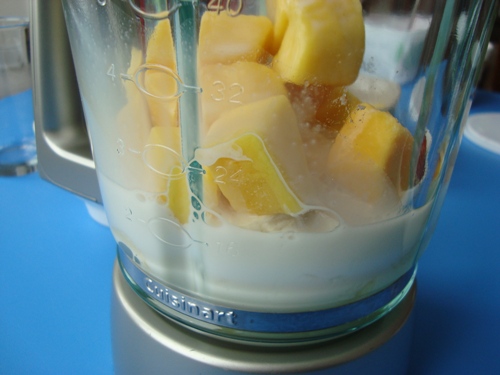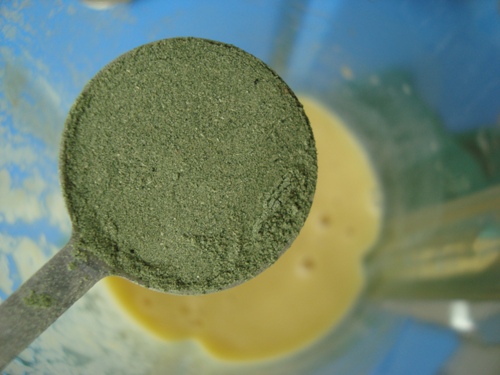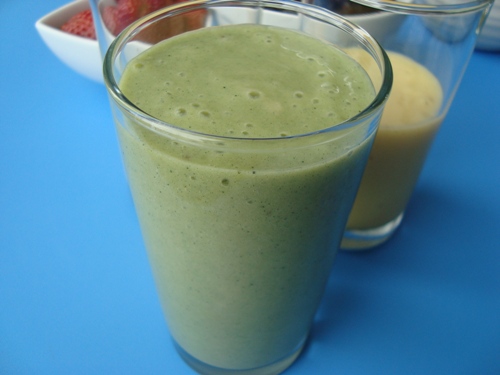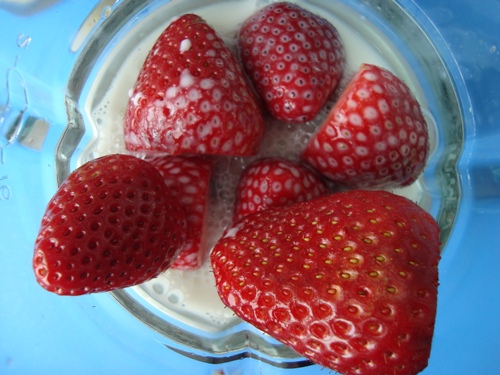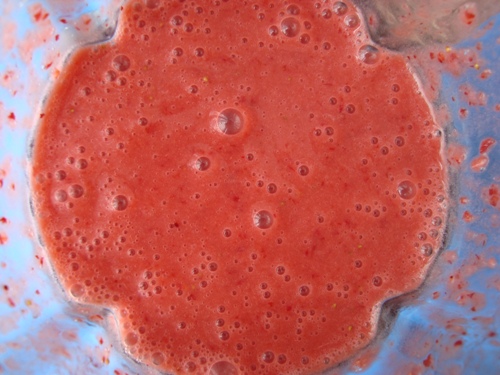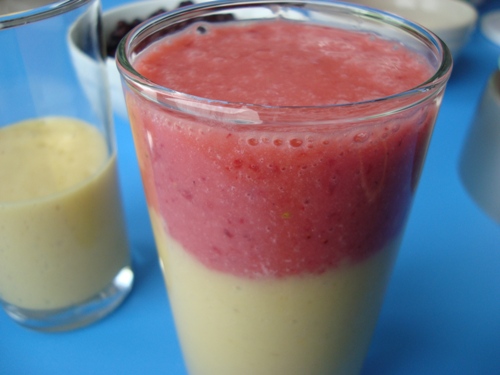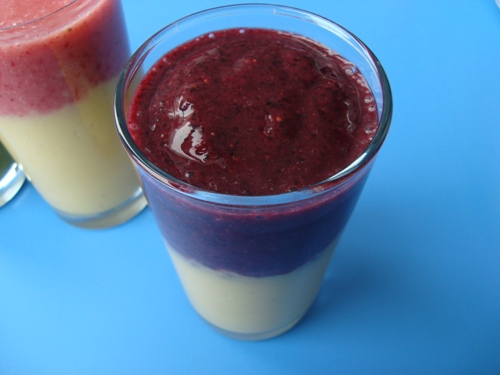Monday, August 30, 2010
How to Order Wheatgrass with Roots Online
 I am an executive based in Makati with a passion for promoting good health - the natural way. I hope to share whatever knowledge I gain from the people I meet and the books I read so that others will benefit.
I am an executive based in Makati with a passion for promoting good health - the natural way. I hope to share whatever knowledge I gain from the people I meet and the books I read so that others will benefit.
Saturday, May 29, 2010
Cooking Tips for Diabetics
Dear Readers,
I am sharing with you an article sent to me by a fellow advocate of healthy living. Visit her site at http://www.diabeticmenus.org/ to learn more about her great recipes.
Wheatgrass Man

How to Cook Healthy if You are Diabetic
Diabetic patients are sensitive and they deserve only the best treatment to help them cope with their disease. If you are suffering from diabetes, you have to help yourself and fight the worst parts of diabetic sufferings and symptoms by living a healthy lifestyle. With these healthy cooking techniques, you can only imagine how immense it will be—the impact and difference these techniques will bring in your life.
When you eat, you have to make sure that you are eating healthy food. Make sure every meal you eat is prepared and cooked healthily. Go for recipes that use healthy ingredients. In terms of food preparation and cooking, employ cooking techniques such as baking, grilling, broiling, and stir frying. Stay away from foods that are deep fried because they contain too much fats and unhealthy level of cholesterol.
Delicious foods are not difficult to prepare though. So, if you are after the taste, you can still enjoy a hearty meal by eating foods that contain vegetables and are cooked in canola oil or olive oil which are known to be healthy fats. As much as possible don’t get used to using vegetable oils, margarine and butter because they can be detrimental to your health if taken in large amount. Also, settle with herbs and spices instead of using cheese and cream sauces which are both popular ingredients but not healthy.
Being aware of the ingredients you use in cooking, apart from the techniques that you should be aware of will lessen the grievous impact of taking risky ingredients from the food you eat.
Red meat is another healthy option. However, intake must be regulated and if you can, be selective with the meat you will cook and eat. The healthy choices are fish, lean cuts of beef and pork, and poultry. If you want to eat chicken, remove the skin. And there must be a limit in taking red meat, like three times a week. If you want to try other choices, go for ground turkey, turkey sausage and bacon which are considered to be good lower fat substitutes.
It is time to change your eating and cooking habits. This may require you to carefully examine the food you eat and take but the consequences of such healthy actions are really life-changing especially to every diabetic patient like you. Discipline and control are what you need apart from the healthy ingredients and healthy cooking techniques that you should be aware of.
About the writer -Patricia Harris writes for the diabetic menu blog, her personal hobby blog dedicated to suggestions to eat healthy to avoid and manage diabetes.
 I am an executive based in Makati with a passion for promoting good health - the natural way. I hope to share whatever knowledge I gain from the people I meet and the books I read so that others will benefit.
I am an executive based in Makati with a passion for promoting good health - the natural way. I hope to share whatever knowledge I gain from the people I meet and the books I read so that others will benefit.
Wednesday, April 14, 2010
8 Books to Good Health
So here are some of the books I highly recommend worth reading:
1. Sprouts the Miracle Food Book
2. Wheatgrass Nature's Finest Medicine
3. Liver Cleansing Diet
 I am an executive based in Makati with a passion for promoting good health - the natural way. I hope to share whatever knowledge I gain from the people I meet and the books I read so that others will benefit.
I am an executive based in Makati with a passion for promoting good health - the natural way. I hope to share whatever knowledge I gain from the people I meet and the books I read so that others will benefit.
Saturday, March 13, 2010
Shake Your Way to Good Health
I'd like to share with you this excellent article by Dr. Ben Kim on how to make healthy and beautiful smoothies. More info can be found here: http://drbenkim.com/
I am a big fan of juicing and make it a point to have a fruit juice at least once a day.
For the green powder being mixed below, a good alternative to consider is Wheatgrass.
Dr. Kim:
"In my book, any smoothie that's worth writing about starts with ripe bananas. You can use room temperature or frozen banana slices - both impart natural creaminess like no other fruit can.
Before we get started, here's a quick look at how I like to store bananas:
Storing bananas in this fashion - with the convex side up - helps prevent unnecessary bruising and brown spots in the flesh. Soft, mushy brown spots in bananas may not be a big deal to some people, but they just don't fly in our home.
To make visually stunning smoothies that even the pickiest of eaters won't be able to refuse, preparation is key. You want a variety of colorful fruits, some frozen, and some at room temperature.
Here's what we had to work with today:
Ripe, organic strawberries from San Diego:
Sweet, frozen mango chunks:
Frozen wild blueberries:
And of course, some ripe banana slices:
It's best to have all of your fruits laid out and ready to go before you start blending - this will make it relatively easy to combine different colors to make your custom, beautiful smoothies.
Now bring out your blender and start with about two ripe bananas, sliced:
Add about two cups of frozen mango chunks to your bananas:
It's fine to use room temperature mangoes and frozen bananas - we just happened to have frozen mangoes on hand. The idea is to create a cool and refreshing smoothie without diluting flavor by using ice.
Next, bring out your favorite type of milk - we're partial to unsweetened almond milk.
You want to add enough milk to cover about half of the fruit - this is typically enough to churn all of the fruit into a creamy smoothie.
So here's the base of your smoothies:
This makes for fine baby food, by the way.
Now fill each glass up about half way.
If you have some mango smoothie left over, add a teaspoon or tablespoon of nutrient-rich green food powder.
Each pound of the green food powder that we use is the result of juicing and drying thirty-three pounds of fresh, nutrient-rich greens, so adding just a small amount to your smoothies is an excellent way of ensuring regular intake of a wide variety of minerals, vitamins, and cancer-fighting phytonutrients.
And what kid or picky adult eater isn't intrigued by a light green smoothie?
Getting back on course, add a cup of fresh strawberries (or any other variety of berries that you have on hand) to your blender (after you've given your blender a quick rinse).
Add milk to about the half way mark.
And blend on high speed for about 15 seconds or until you come up with something like this:
And now the second best part of this whole process - add your strawberry smoothie in a slow and gentle drizzle to your mango smoothie until you get this:
Beautiful and fun, right? Trust me, if you have children who like cookies, candy bars, and potato chips more than fresh fruits, this is the way to get them loving healthy smoothies.
You'll have some strawberry smoothie left over. Add a cup of frozen blueberries and blend on high speed until you create this:
You know what's next, right?
So there you have it. A relatively simple and fun way to make gorgeous, nutrient-dense smoothies that will help fuel good health for you and your loved ones.
And now the best part of making these smoothies - standing back and seeing your loved ones enjoy the fruits of your labor.
In our home, we call this "being too busy for small talk."
Hope you and your family and friends have some fun with smoothie making."
 I am an executive based in Makati with a passion for promoting good health - the natural way. I hope to share whatever knowledge I gain from the people I meet and the books I read so that others will benefit.
I am an executive based in Makati with a passion for promoting good health - the natural way. I hope to share whatever knowledge I gain from the people I meet and the books I read so that others will benefit.
Saturday, March 6, 2010
Problem getting pregnant? Wheatgrass to the rescue!
 I am an executive based in Makati with a passion for promoting good health - the natural way. I hope to share whatever knowledge I gain from the people I meet and the books I read so that others will benefit.
I am an executive based in Makati with a passion for promoting good health - the natural way. I hope to share whatever knowledge I gain from the people I meet and the books I read so that others will benefit.
Sunday, February 7, 2010
The Satiety Index - A New Concept in Food Rating
 I am an executive based in Makati with a passion for promoting good health - the natural way. I hope to share whatever knowledge I gain from the people I meet and the books I read so that others will benefit.
I am an executive based in Makati with a passion for promoting good health - the natural way. I hope to share whatever knowledge I gain from the people I meet and the books I read so that others will benefit.
